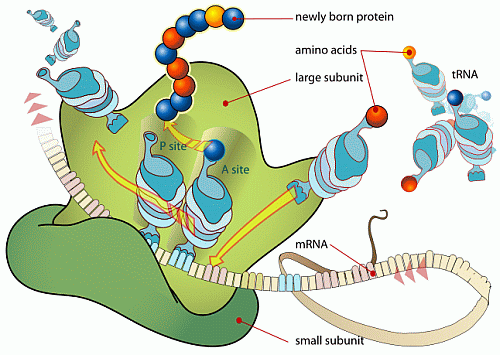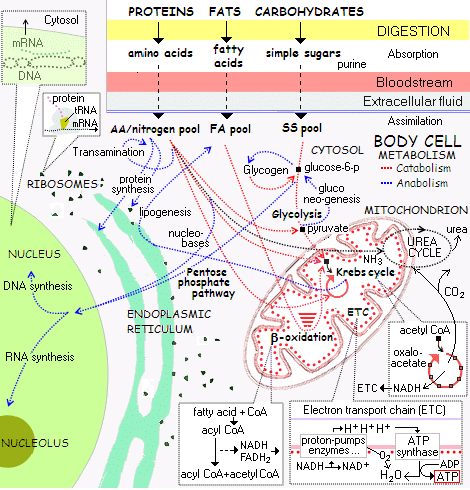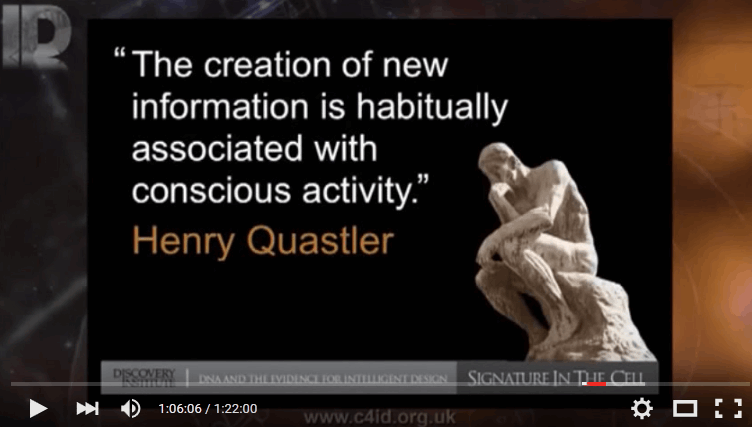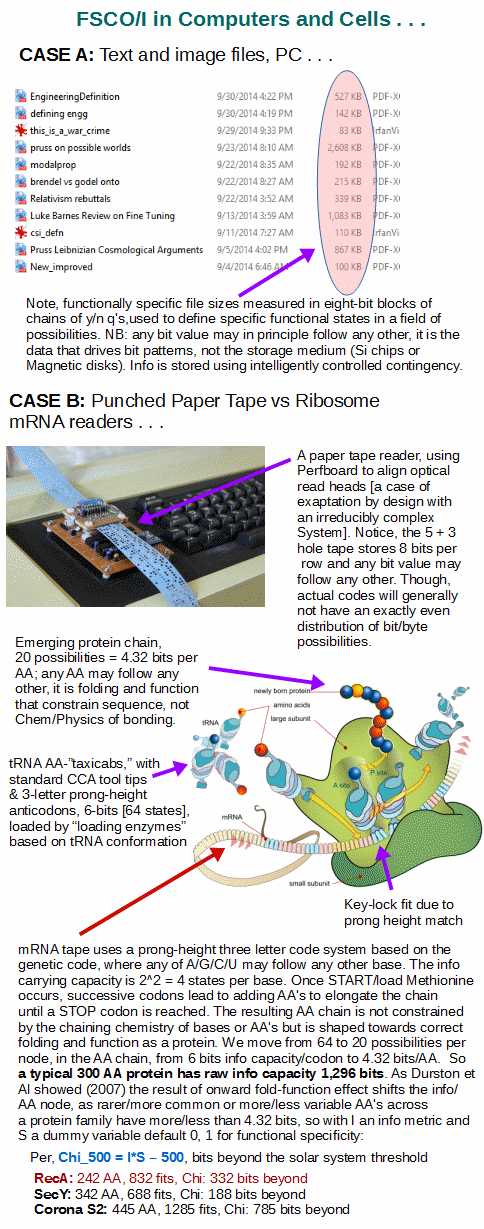First, let’s see:
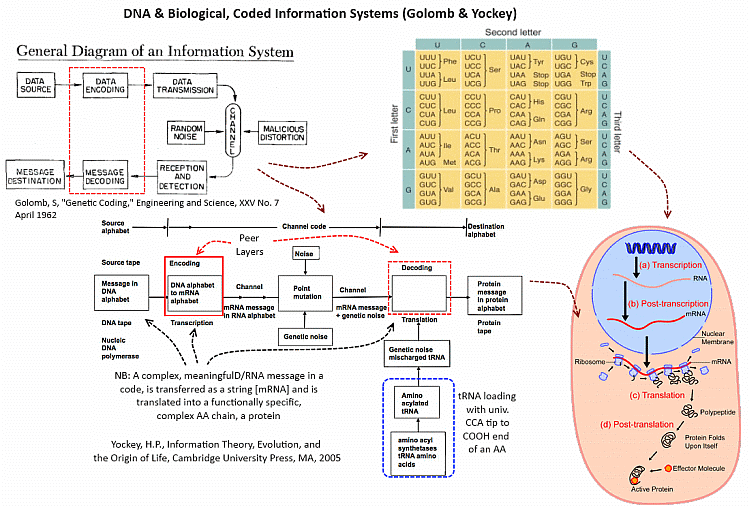 And again, here is Crick in his March 19, 1953 letter to his son on his discovery:
And again, here is Crick in his March 19, 1953 letter to his son on his discovery:
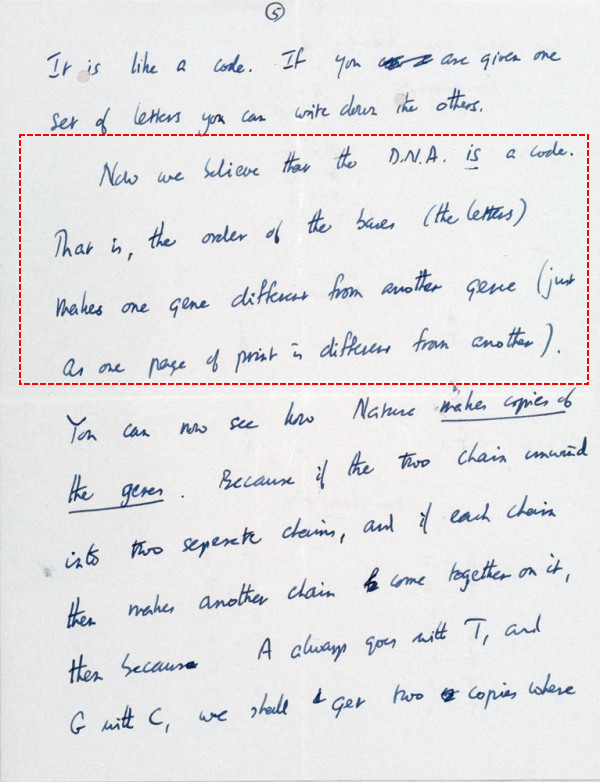
Notice, how emphatic Crick is: “. . . we believe that the D.N.A. is a code . . . “
Obviously leading scientists agree that DNA reflects coded information that is used in identifiable communication networks in the living cell. (Specifically, machine code that controls protein synthesis in the Ribosome:
Zooming out a bit:

And looking at the wider metabolic network, we see functionally specific, complex organisation aplenty:
So, the presence of FSCO/I, for short (including coded information), should not even be an issue.
It is therefore perhaps a back-handed sign of the strength of this point y Quastler:
. . . that we find a pattern of objection to the reality of information and of codes in the cell, especially DNA.
That objection is at the level now, where the question is asked, what is a code.
The Merriam-Webster dictionary in key part answers:
Full Definition of CODE . . . .
3
a : a system of signals or symbols for communication
b : a system of symbols (as letters or numbers) used to represent assigned and often secret meanings
UD’s Upright Biped has given us a useful observation, also:
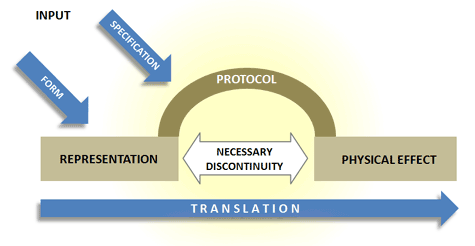 In effect, when a symbolic code is used, one variable physical quantity is used to represent another in accordance with a system of protocols or rules that allows transfer of not only signals but the meaning expressed thereby. As a result of which, there is an effect that is not simply mechanically triggered by blind dynamical cause-effect forces but crucially depends on a syntax that allows messages to be sent and received, and semiotics that embrace the meaningfulness involved. That is, we see here language.
In effect, when a symbolic code is used, one variable physical quantity is used to represent another in accordance with a system of protocols or rules that allows transfer of not only signals but the meaning expressed thereby. As a result of which, there is an effect that is not simply mechanically triggered by blind dynamical cause-effect forces but crucially depends on a syntax that allows messages to be sent and received, and semiotics that embrace the meaningfulness involved. That is, we see here language.
Clipping from his biosemiosis.org:
>> . . . To organize the first living cell, a set of physical representations and a set of physical protocols must arise together. One set must encode the information and the other set must establish (specify) what the result of that encoding will be.
But because the organization of the system must also preserve the natural discontinuity that exists between the medium of information and its translated effect, a group of relationships are thereby established that otherwise wouldn’t exist. That set of relationships is what we now call The Genetic Code.
These unique physical conditions are the universal requirement of translation (proposed in theory and confirmed by experiment). They are also something that the living cell shares with every other instance of translated information ever known to exist. The genetic translation system provides objective physical evidence of the first irreducible organic system on earth, and from it, all other organic systems follow. It is irreducible because without both sets of objects operating in the system, translation cannot occur, and the cell could not be organized. Moreover, this system is not the product of Darwinian evolution. Instead, it is the source of evolution (i.e. the physical conditions that enable life’s capacity to change and adapt over time) and as the first instance of specification on earth, it marks the origin of the genome and the starting point of heredity.
And as a final indication of just how profound the appearance of this system was – an almost impossible observation remains. Not only must these objects (these material representations and protocols) arise from a non-information (inanimate) environment, but the details of their construction must also be simultaneously encoded in the very information that they make possible. Without these things, life on earth would simply not exist.>>
Which brings us back to Quastler’s point that we habitually associate complex information systems and associated messages with the action of intelligence; the implication being that language is an aspect of relevant intelligence.
So no, this is not loose and debatable analogy, it is instantiation, the same sort that one would see in a numerically controlled machine using a computer tape.
Or using diagrams:
The unyielding objection so commonly seen instead, is because this alone is enough to put on the table the credibility of inferring design. END
